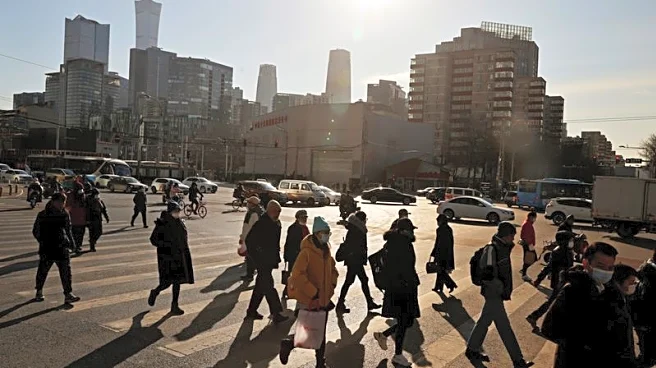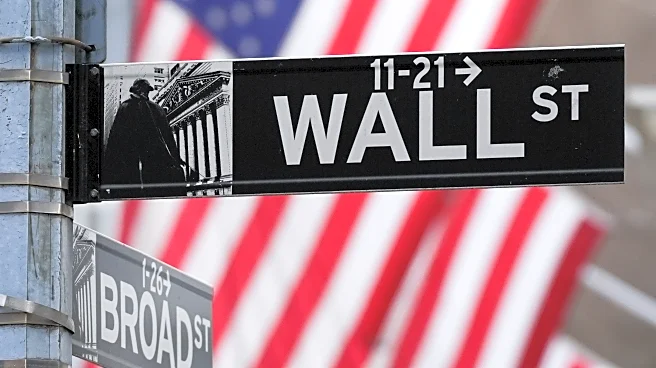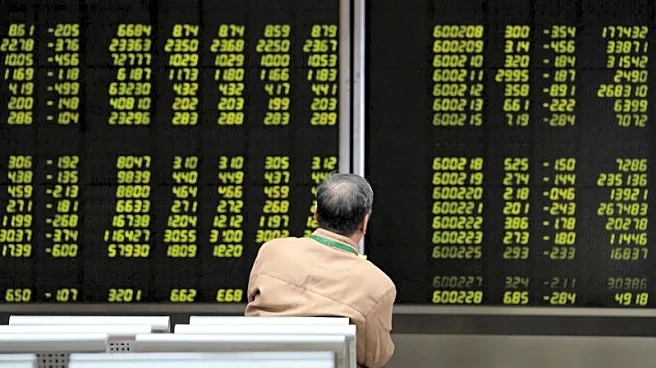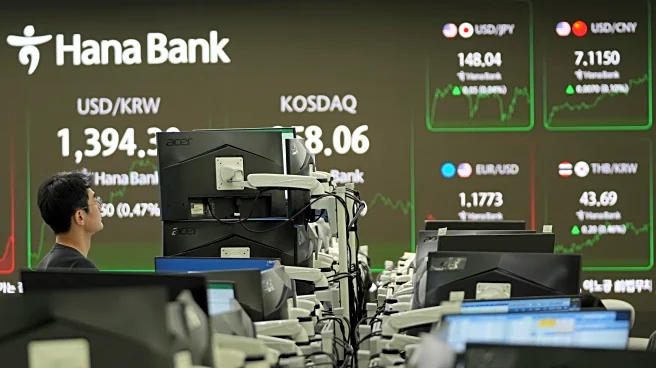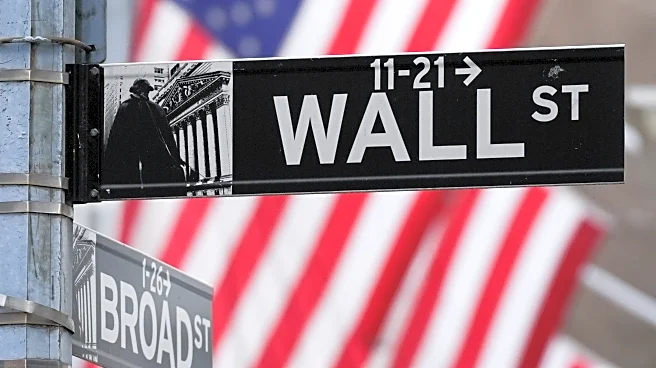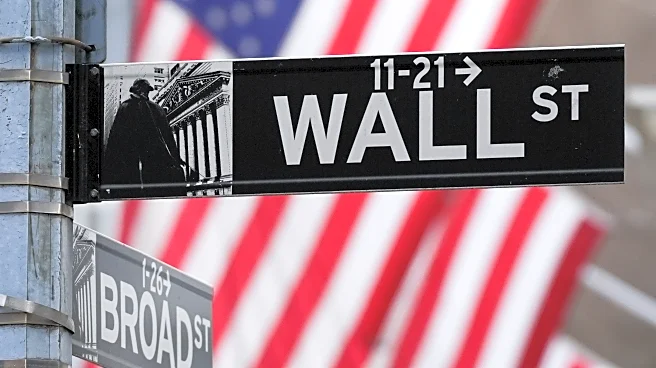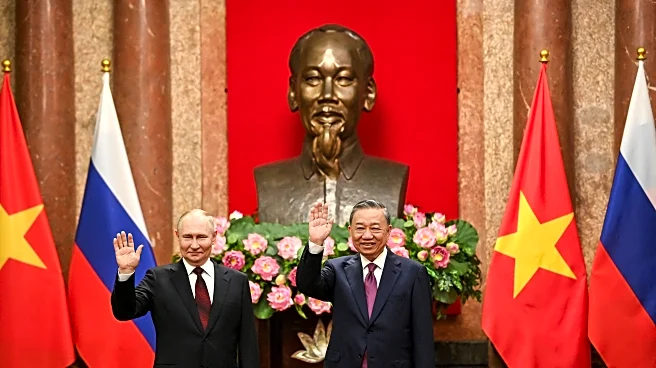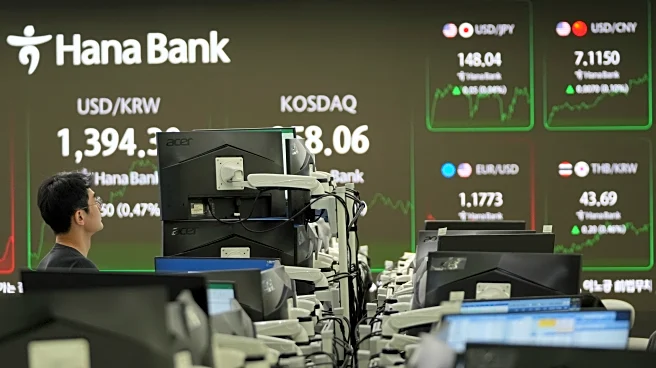By Ankur Banerjee
SINGAPORE (Reuters) -Asian stocks inched up and the dollar was steady on Monday as traders pondered the U.S. monetary policy path after the Federal Reserve's rate cut last week, while President Donald Trump's immigration crackdown on worker visas kept sentiment in check.
The focus will be on Indian and tech stocks after the Trump administration said on Friday it would ask companies to pay $100,000 per year for new H-1B worker visas, a blow to the tech sector that relies on skilled
workers from India and China.
U.S. stock futures eased in early trading with the S&P futures down 0.1%. MSCI's broadest index of Asia-Pacific shares outside Japan was 0.09% higher. Tokyo's Nikkei rose 1% after dropping on Friday.
India's $283 billion information technology sector, which gets more than half of its revenue from the U.S., will likely feel the pain in the near term amid souring ties between India and the United States.
Trump last month doubled tariffs on imports from India to as much as 50%, partly due to New Delhi's purchases of Russian oil.
"It's a risk to operating costs and margins first of all. Obviously it could raise wages and labour costs a bit," said Kyle Rodda, senior financial analyst at Capital.com
"Tech companies may also find themselves in a bind where they confront punitive measures if they look to offshore labour because they can't find enough workers in the U.S."
On the macroeconomic front, investors remain keen to gauge the U.S. monetary policy path after the Fed cut interest rates last week but indicated a gradual easing phase in the future.
A host of policymakers are expected to speak in the week, while data on the Fed's preferred gauge of inflation is due on Friday that will help set the tone for the near-term rate outlook.
The expectation is for the core PCE price index to rise by 0.2% on a monthly basis, which would keep the annual rate steady at 2.9%, the same as in July, and above the 2.6% low it reached in April, according to Tony Sycamore, market analyst at IG. Traders are pricing in 44 basis points of easing by the end of the year.
That has left the dollar on an upward trajectory for the time being. The dollar index, which measures the U.S. currency against six other units, was at 97.716.
"The trajectory of the USD is less clear-cut, and where the greenback trades in the near-term is the subject of increased debate, and one needs to be open-minded to the idea that the positive USD price action seen late last week could build," said Chris Weston, head of research at Pepperstone.
"With a deluge of Treasury supply coming to market this week and a big lineup of scheduled Fed speakers, Treasury yields could drive the USD flows."
The Japanese yen was slightly weaker at 148.20 per U.S. dollar after strengthening on Friday following the Bank of Japan's hawkish hold where two board members voted against keeping interest rates steady.
While the central bank kept short-term interest rates at 0.5%, board members Hajime Takata and Naoki Tamura proposed, unsuccessfully, a hike to 0.75% in a move markets saw as a prelude to a near-term increase in borrowing costs.
Vasu Menon, managing director of investment strategy at OCBC Bank, said Friday's decision will be taken by markets as a signal that the Japanese central bank is gradually turning hawkish.
It heightens "expectations of future rate increases and the potential for higher JGB yields and a stronger yen, which may not be the best piece of news for Japanese equities and bonds in the short term," he said.
In commodities, oil prices inched higher in early trading, with Brent crude futures 0.3% higher at $66.89 a barrel. U.S. West Texas Intermediate futures rose 0.35% to $62.9. [O/R]
Gold prices climbed 0.24% to $3,692.79 per ounce, just shy of the record high touched last week. [GOL/]
(Editing by Shri Navaratnam)

